Health education communication in schools is the process of health communication and health education for students in general, aiming to equip students with knowledge about health topics, diseases, common epidemics, ways to prevent diseases, practice health protection skills, and improve personal health. School health workers, teachers, and parents are the ones who play an important role in participating in health education communication activities for students to contribute to achieving the expected results.
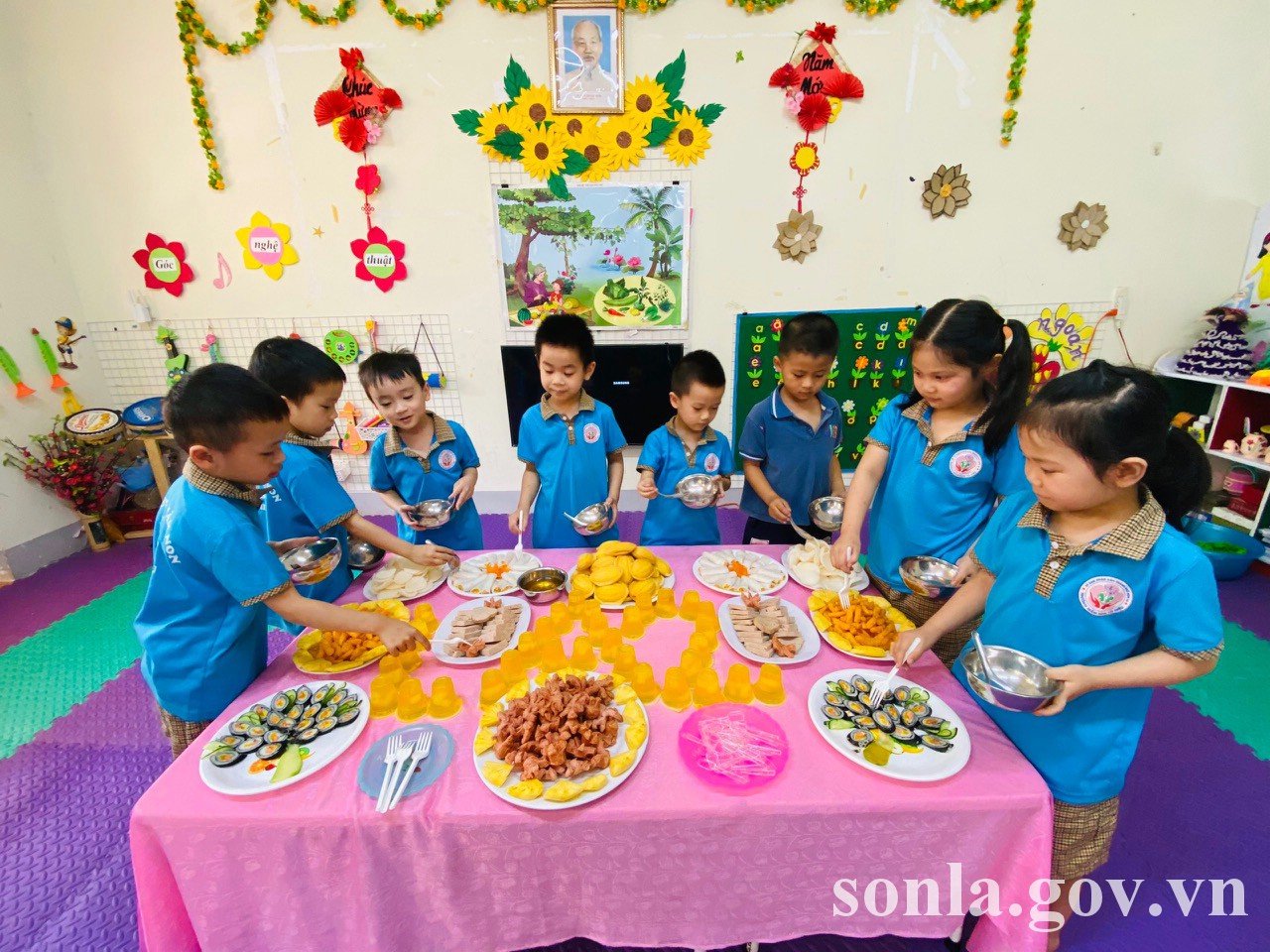
Many kindergartens and primary schools organize boarding meals to help students develop physically and intellectually.
reduce the burden on parents.
In recent years, the Education and Training sector has coordinated with the Health sector to implement many health education and communication programs at educational institutions, focusing on the following contents: disease prevention; nutritional care, food hygiene and safety; HIV/AIDS prevention and control and social evils; adolescent reproductive health, self-protection skills. Many schools have proactively organized extracurricular activities, seminars, research competitions, dramatizations, and integrated them into flag-salute activities, creating a lively and receptive learning environment for students. Practice shows that when students are equipped with adequate health knowledge, they not only know how to take care of themselves, develop hygiene habits, and eat scientifically, but also become a "bridge" to actively propagate to their families and the community. This is an important factor contributing to reducing the risks of school-related diseases such as myopia, obesity, and psychological disorders; while creating a foundation for sustainable physical and mental development.
In the context of many new health challenges such as environmental pollution, infectious diseases, and sedentary lifestyles, promoting communication and health education in schools is increasingly urgent. Schools need to strengthen coordination with the health sector, parents, and organizations to diversify forms of propaganda; focus on applying digital technology and social networks; and build a safe, friendly, tobacco-free, and violence-free school model. Communication and health education work should not stop at individual propaganda sessions, but must become a regular, systematic activity. That is the important foundation for forming a generation of physically healthy and mentally strong students, contributing to building high-quality human resources for the country in the future.
Schools sign agreements to coordinate with commune/ward/town health stations to organize initial medical examination and treatment, first aid support, and health consultation for students. Coordinate with parents' associations and mass organizations to propagate and educate life skills, prevent accidents and injuries, adolescent reproductive health, etc. Organize communication campaigns and extracurricular programs on school health care with the participation of the community. Coordinate with local authorities and parents' associations to propagate, mobilize, and create favorable conditions for students to receive comprehensive health care. Local police participate in ensuring school security, preventing school violence, and social evils from entering schools.
By 2025, 71.4% of schools in Son La province will have their own medical rooms or functional rooms that meet minimum standards; some schools in remote areas still lack independent medical rooms; the arrangement is still integrated; basic equipment is provided according to the minimum list of the Ministry of Health, including: Bandages, gauze, antiseptics, blood pressure measuring devices, thermometers, first aid kits; some boarding schools will be supplemented with vision testing equipment, electronic scales; drug management is carried out periodically, with professional supervision and inspection from the District Health Center; 100% of schools have toilets, but the quality of toilets that meet standards is still uneven, especially in preschools in mountainous areas.
Currently, Son La province is implementing 3 models of school health work associated with grassroots health in the area, including: School model with full-time medical staff (at 12 ethnic boarding schools in the province); School model without medical staff, with part-time teachers in charge, with periodic support from commune health stations; model of direct coordination between schools and commune health stations, signing cooperation regulations in student health care.
Every year, the Food Safety and Hygiene Department coordinates with functional units to regularly inspect food safety and hygiene at schools that organize boarding for students to ensure the health of students (checking dining rooms, canteens, food preparation areas, food containers, etc.). 100% of schools that organize boarding and boarding cooking that are inspected have complied with legal regulations on food safety, have full legal documents and records related to food safety; conditions on facilities, equipment, tools, and human resources are guaranteed; water sources and food processing materials have clear origins and ensure quality. Fully and correctly implement regulations on the 3-step food inspection regime and keep food samples.
In the coming time, the Education and Training sector will continue to closely coordinate with all levels and sectors, diversify forms of health communication, increase the application of digital technology and social networks in disseminating knowledge; at the same time, mobilize the participation of parents and the community. Health education not only helps students develop comprehensively but also contributes to building a healthy and dynamic young human resource, meeting the requirements of socio-economic development of the province in the new period.
Nhu Thuy
Source: https://sonla.gov.vn/tin-van-hoa-xa-hoi/tam-quan-trong-cua-cong-tac-truyen-thong-giao-duc-suc-khoe-trong-truong-hoc-933166





![[Photo] Prime Minister Pham Minh Chinh chairs meeting to deploy overcoming consequences of storm No. 10](https://vphoto.vietnam.vn/thumb/1200x675/vietnam/resource/IMAGE/2025/10/3/544f420dcc844463898fcbef46247d16)
![[Photo] Students of Binh Minh Primary School enjoy the full moon festival, receiving the joys of childhood](https://vphoto.vietnam.vn/thumb/1200x675/vietnam/resource/IMAGE/2025/10/3/8cf8abef22fe4471be400a818912cb85)
















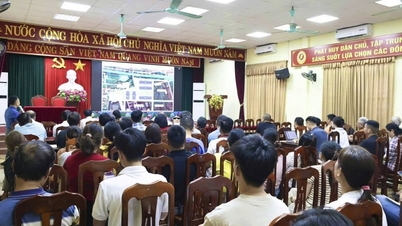
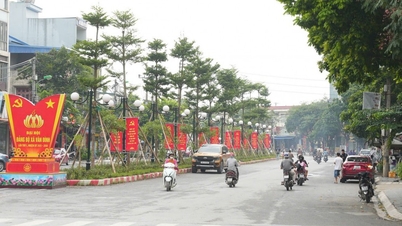

























































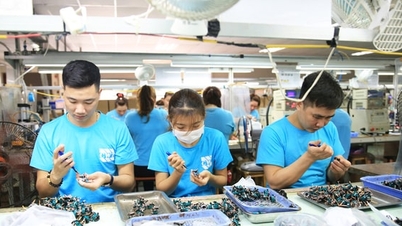
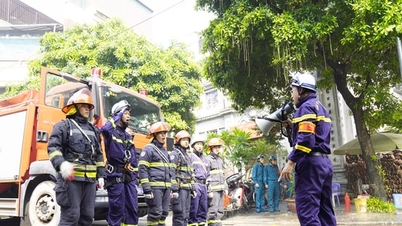

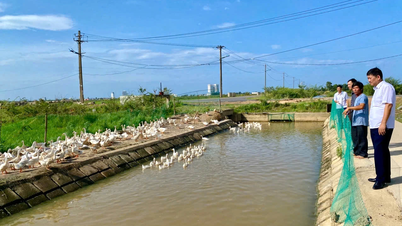
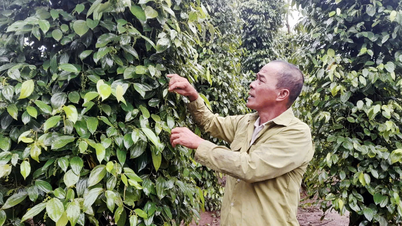











Comment (0)